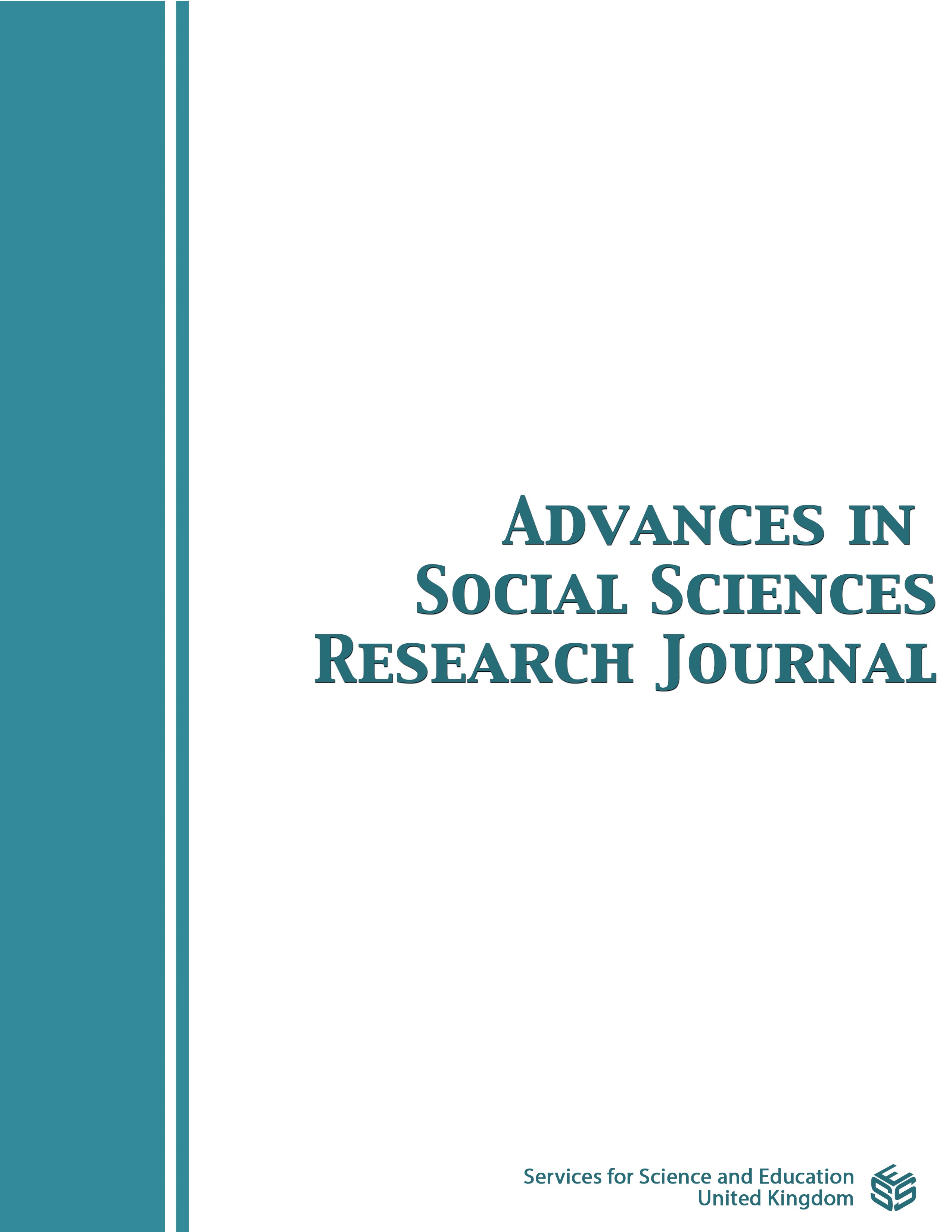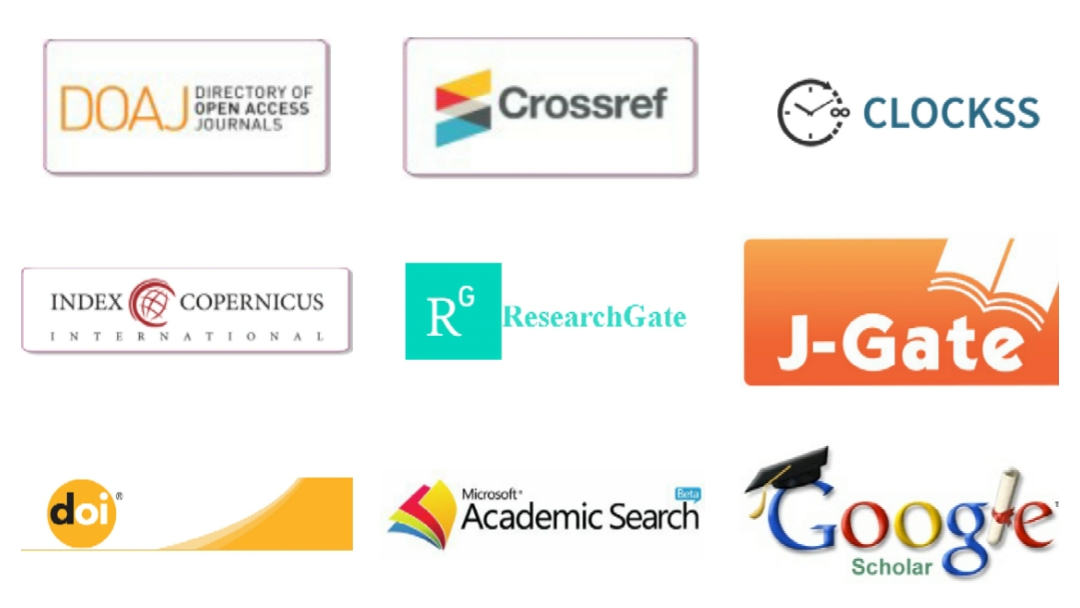Hypnosis: The Modern Scientific Version of a Timeless Healing Technique
DOI:
https://doi.org/10.14738/assrj.1201.18181Keywords:
Epistemology, Hypnosis, Incubation, Lucid Dreaming, Meditation, ShamanismAbstract
The aim of this article is to envisage possible commonalities between shamanic rituals, incubation, meditation, lucid dreaming, and hypnosis – a well validated therapeutic tool, though misunderstood in the past and still underused. The topic is endowed with huge epistemological implications, calling for a transdisciplinary and transcultural approach, in order to properly understand the essential common aspects of these mind-body techniques and their potential for healing. Actually, the Western rationalist thought has led to mental imagery being misunderstood and prejudicially rejected as a worthless mind activity, while only in recent years neurosciences have started to appraise its cognitive and metacognitive value. The main common aspects of the above-mentioned techniques are eye closure and mental imagery. The former allows to shift the focus of attention form the outer to the inner words, a prerequisite to open the doors of mental imagery and plastic monoideism. The resulting absorption and introspective activity in turn allow to get a metacognitive control over mind and body, including neurovegetative system and pain. Therefore, eye closure and mental imagery can be considered as the Ariadne thread, able to guide us in the knowledge of the apparent labyrinth of healing techniques that have accompanied the care of the sick in all cultures since time immemorial.
Downloads
Published
How to Cite
Issue
Section
License
Copyright (c) 2025 Enrico Facco, Ennio Foppiani, Paolo Granone

This work is licensed under a Creative Commons Attribution 4.0 International License.
Authors wishing to include figures, tables, or text passages that have already been published elsewhere are required to obtain permission from the copyright owner(s) for both the print and online format and to include evidence that such permission has been granted when submitting their papers. Any material received without such evidence will be assumed to originate from the authors.






